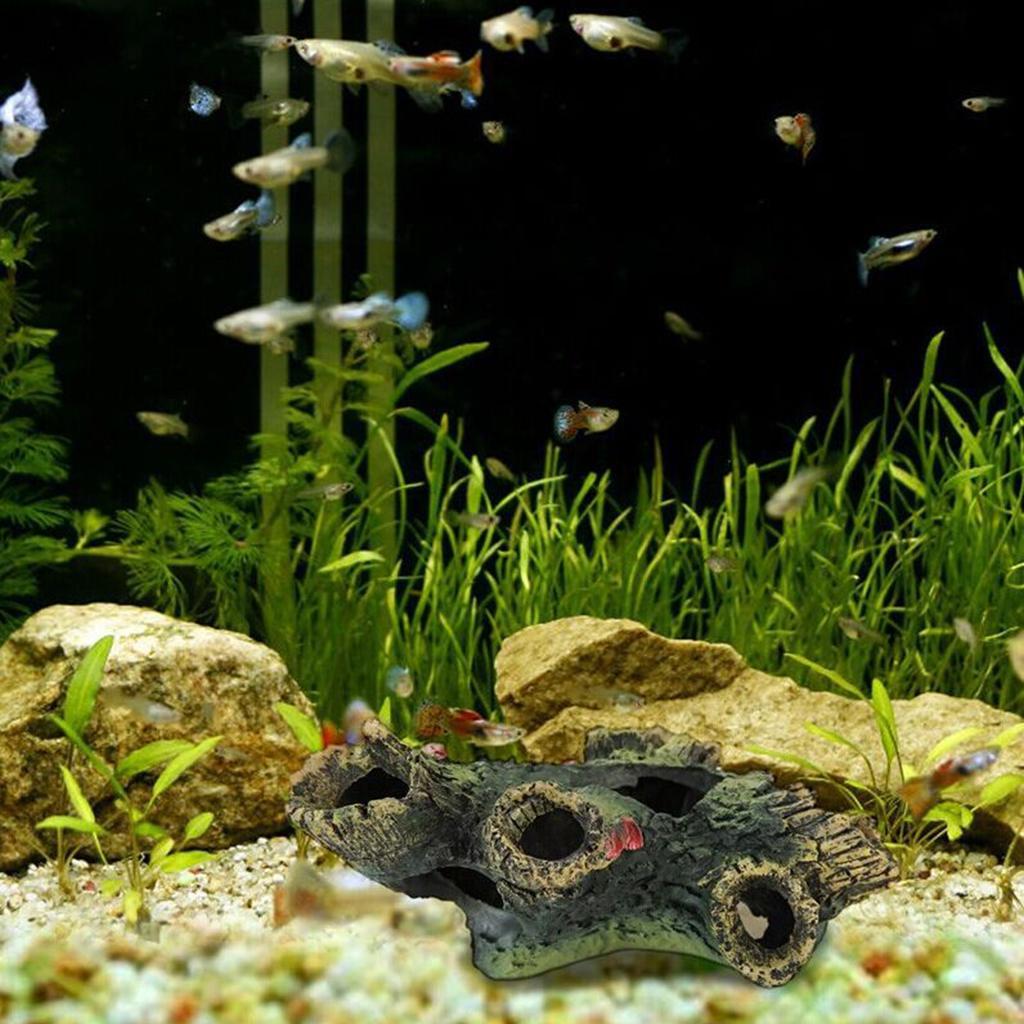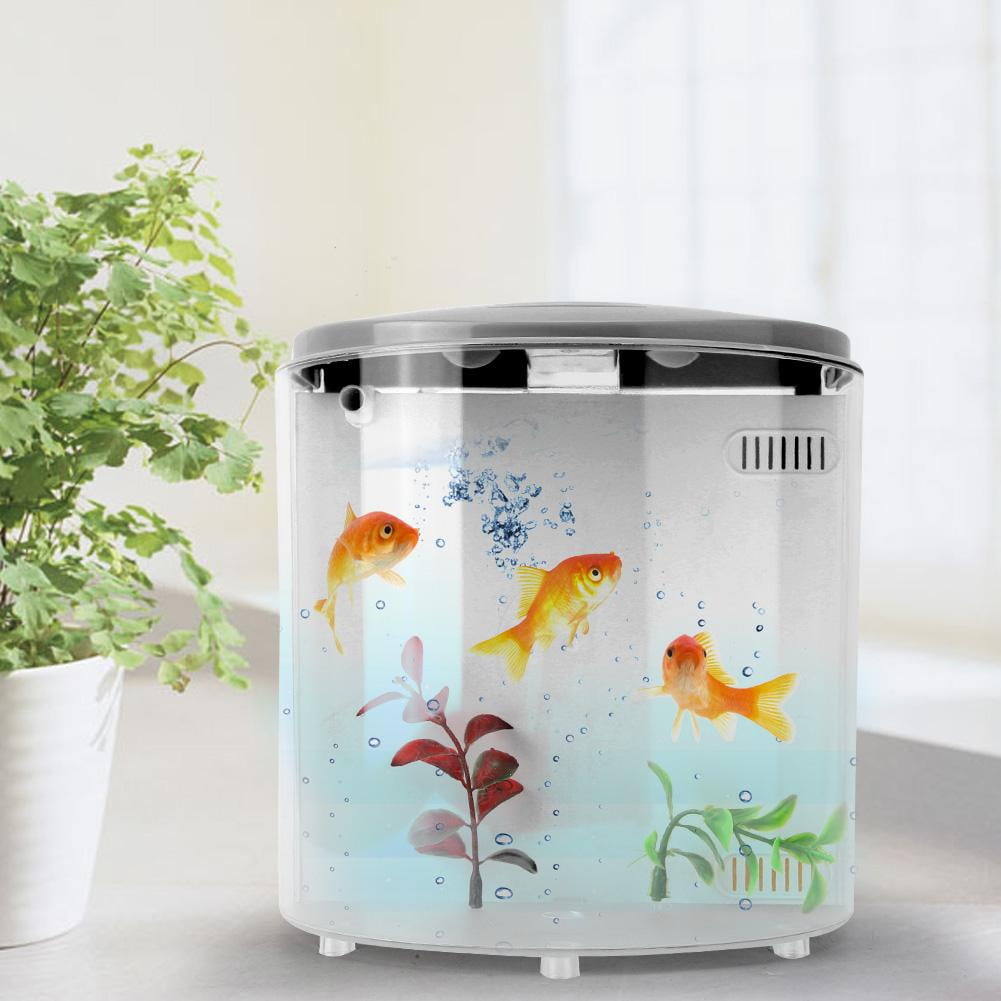

For example, if you want to include ornamental shrimp or live plants in your aquarium, you will need to choose fish that do not prey on invertebrates or graze on live aquarium plants. Your choices will be determined by potential predator and prey relationships, and by feeding behaviors.

Here, compatibility goes beyond the fishes simply getting along with each other. Because there are so many things that can affect a captive fish’s behavior, an aquarist must take a well-informed course of action (and take a few educated guesses) while stocking a community fish tank.Īs the community grows and becomes more varied, it will become harder and harder to find new, companionable tankmates. These might include aquascape characteristics or even light intensity. The tank’s physical environment can likewise affect interactions between individual fishes. These include size, age, sex, and life history (i.e., its social environment prior to introduction in your aquarium). There are many factors that influence the temperament and space needs of an individual fish. But real life compatibility between animals can hardly be determined by species alone. Some aquarium-keeping books even include fish compatibility charts as a handy guide. Species surely is a major indicator of whether or not two fishes will play well together.

That is, the selected species must not only be capable of thriving in the same environment (with respect to temperature, pH, water flow rates, salinity, etc.), but they also must be able to play well with each other. Thus, when setting up a community tank, one must carefully assess the compatibility of all prospective species to be added. Stocking in excess of a system’s bioload capacity can result in a dirty, unsightly display at best, or, at worst, poor water quality and fish death.Īnother reason that the inches/gallon metric is imperfect is that it fails to take into account (1) the potential for competition/predation, and (2) different fish species’ different use of living space.įor example, it is probably much more feasible to successfully keep 30 inches of neon tetras (which are peaceful schoolers) than 10 inches of mbuna African cichlids (which are highly aggressive and territorial) in a 20-gallon tank. Particulars such as feeding/maintenance regimen and type/size of filter can significantly influence the maximum manageable density of animals (sometimes referred to as bioload). There are simply too many other factors at play here. While this rule may suffice as a very basic guideline, it should be regarded as arbitrary. Aquarists are often advised to stick to one inch of fish per gallon of aquarium water volume. Of course, one must determine the largest number of fishes that their tank can adequately house. How Many Fish Can Live in One Tank?Ĭommunity fish tanks present special challenges. In most cases, however, aquarium hobbyists opt to keep a variety of fishes in a single community tank. In some cases, this may mean that a number of species tanks are maintained.

This becomes increasingly difficult as our collection becomes larger and more diverse. When collecting fishes, or any living things, we are burdened with the task of ensuring that our “specimens” are provided with the best possible living conditions. Some people collect shoes, some collect postage stamps, and some of us collect fish.


 0 kommentar(er)
0 kommentar(er)
